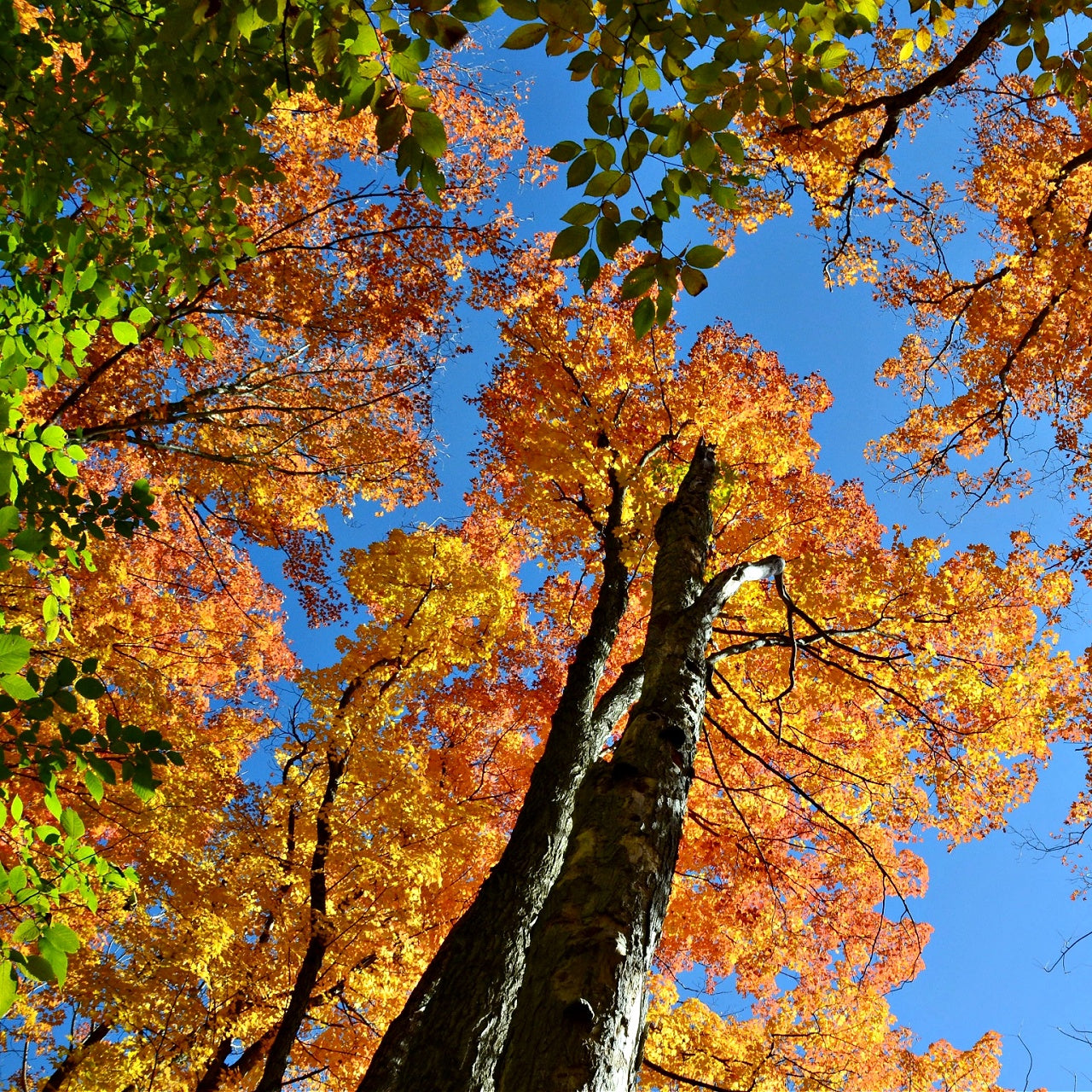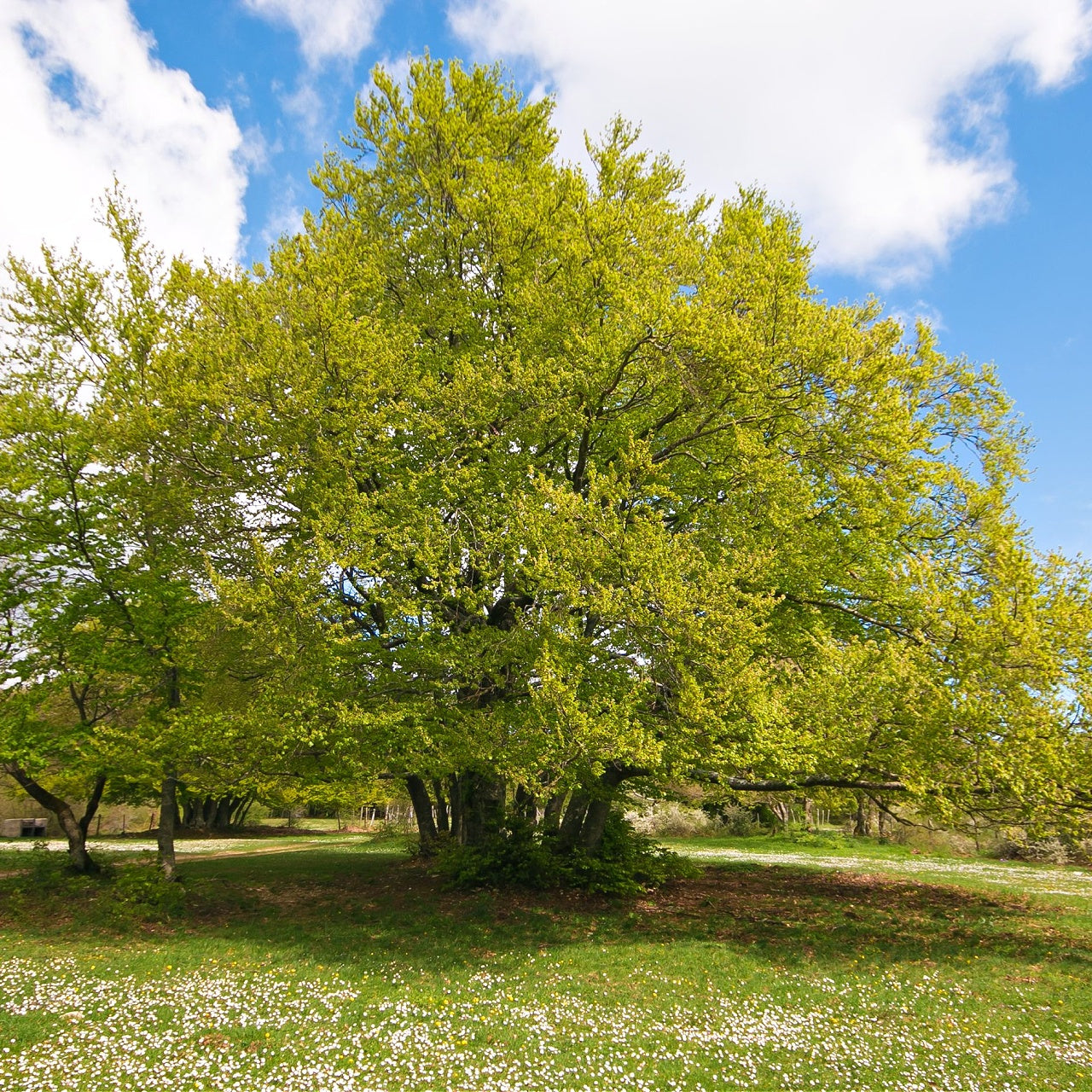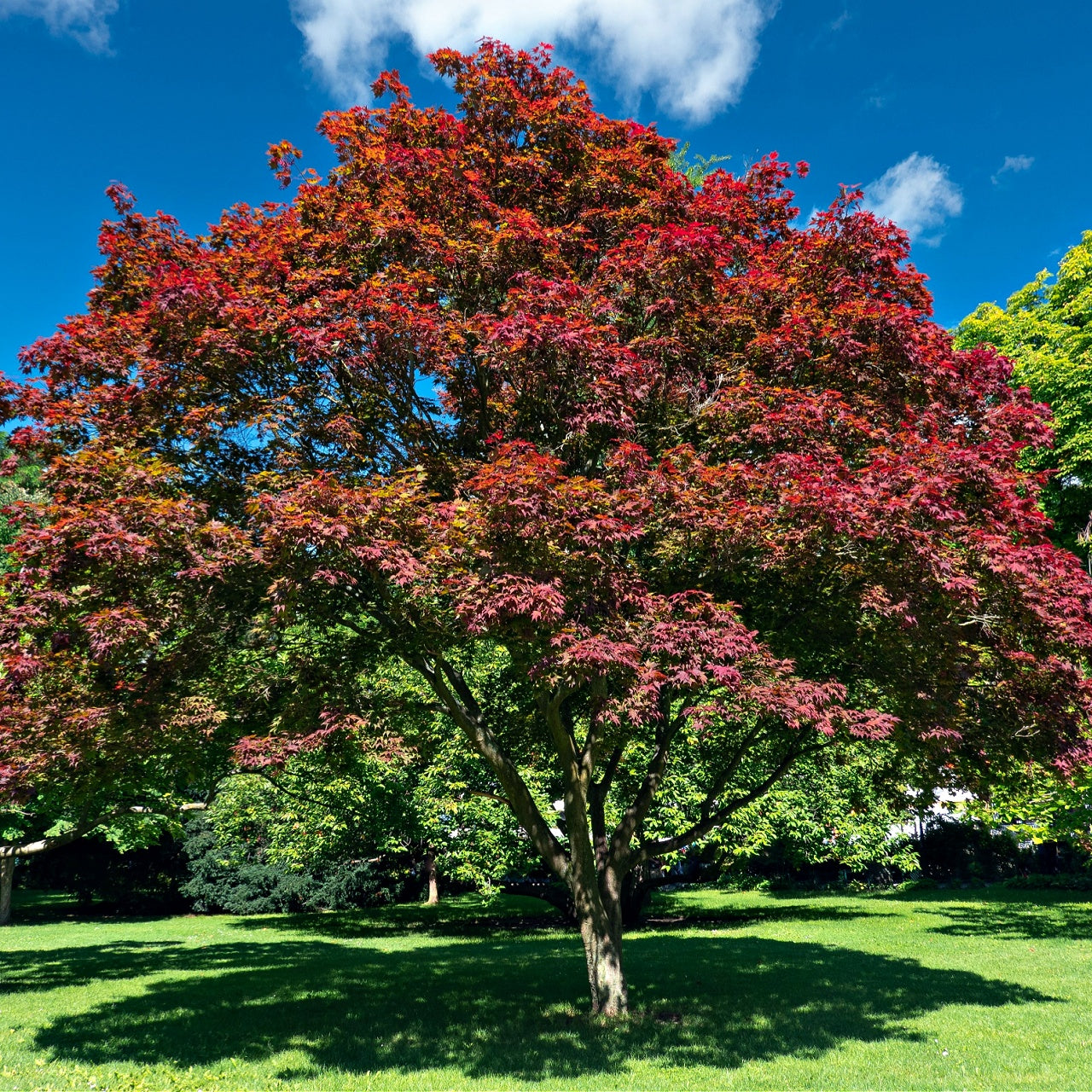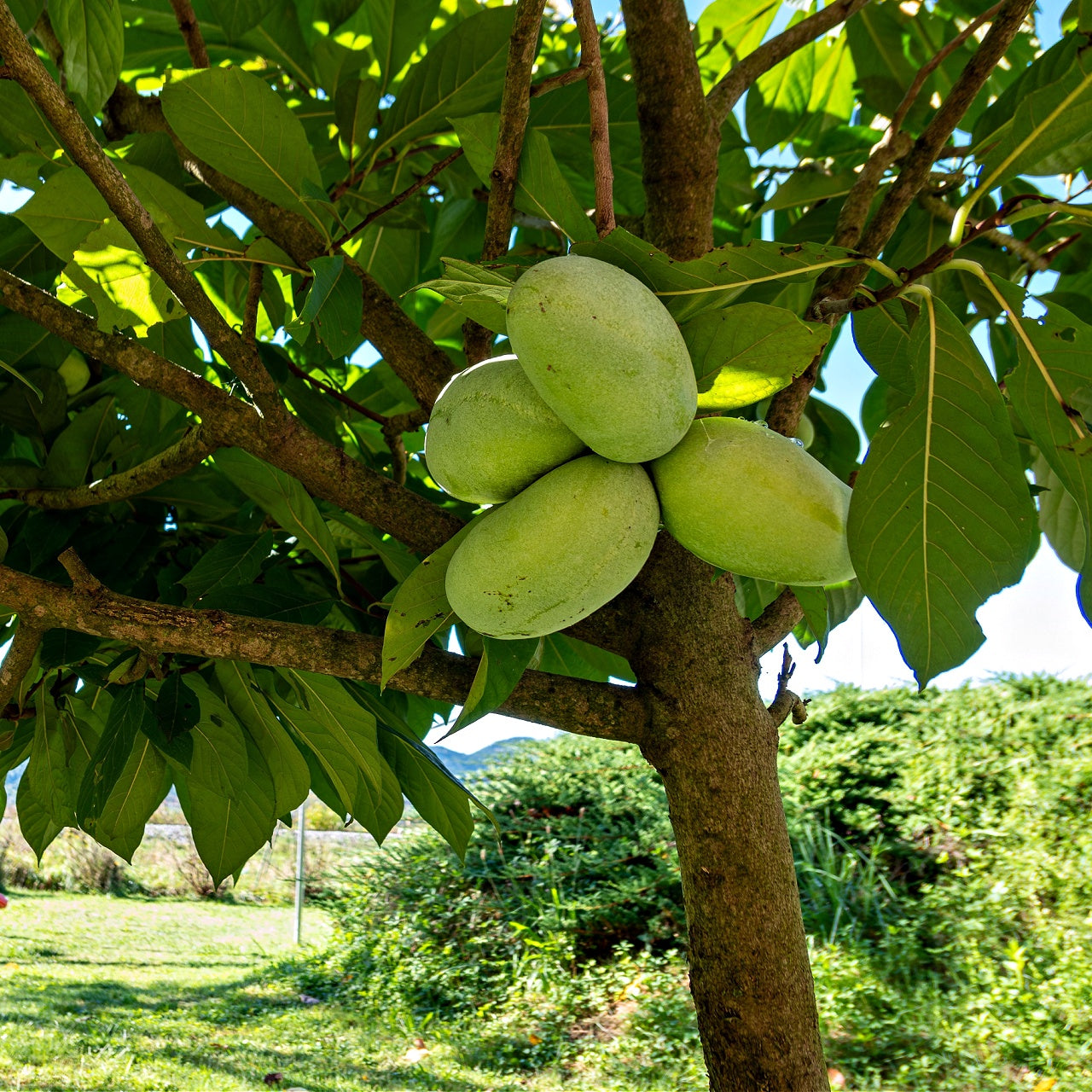
Nurture New Life with DIY Propagation
Nurture New Life with DIY Propagation
Mastering DIY Plant Propagation
Learning how to propagate plants can give professional gardeners and those who love plants new opportunities. Propagation allows you to create exact duplicates of desired species and develop vigorous seedlings that continue to flourish in subsequent seasons. Making new plants hands-on will enable gardeners to cut costs while minimizing waste and strengthening their bond with nature. Developing new plants from existing ones proves more fulfilling than buying factory-produced plants from stores. Exploring different propagation techniques lets you create a garden with vibrant diversity and your gardening style through customized design elements.
DIY propagation lets gardeners control and observe every development phase. The detailed attention given to each step in the process raises your likelihood of success and helps you understand the difficulties that arise. Confident gardeners might select propagation methods delivering fast outcomes, while others enjoy intricate methods demonstrating plant life cycle phenomena. Your plants will successfully establish themselves after planting if you invest time in understanding soil needs, moisture levels, lighting requirements, and proper timing.
Propagation methods can be customized to suit any space, whether it's a sunny windowsill in the kitchen, an extensive greenhouse, or an outdoor patio area. Successful plant growth depends on recognizing the propagation techniques that match your desired plant species. Watching tiny roots emerge from a fresh cutting while nurturing a seedling provides peak gardening satisfaction alongside fostering creativity and patience. You will discover that hands-on experimentation makes many propagation methods intuitive and enables you to expand your indoor or outdoor plant collection at low expense.
Understanding the Foundations
Analyzing the influences of universal propagation is essential before learning specific methods. Each plant species demands different nutrient levels, which makes feeding new specimens the proper nutrient mix crucial. Certain plants need a well-draining medium with organic matter; others flourish in a basic perlite and vermiculite mixture. Monitor the water needs of your recent cuttings and seedlings carefully. Excessive watering leads to rot formation, while insufficient water supply restricts initial plant growth.
Light is another decisive factor. Moderate light enables many seeds to germinate effectively, yet certain seeds need darkness to sprout. Bright yet indirect light offers optimal conditions for cuttings because it allows them to avoid wilting from intense sunlight while their delicate roots develop. The propagation success depends on subtle influences from ventilation alongside humidity and temperature conditions. Proper airflow prevents fungal growth, consistent humidity prevents young shoots from drying out, and a stable temperature range supports steady growth.
Successful propagation journeys require a high level of patience. Seeds require time to take up moisture, root systems need several weeks to develop strength, and cuttings must have optimal conditions to start new growth. By carefully observing your plant growth, you can identify the optimum times to report them or transfer them to better-growing conditions. As you learn about different plant species, you will develop the ability to predict their exact needs for thriving.

Cuttings: A Time-Tested Approach
Propagation through cuttings effectively duplicates healthy parent plants with identical characteristics in their offspring. The technique involves taking a section of stem, leaf, or root from an established plant and stimulating it to generate its root system. Stem cuttings remain the most frequently used method because they produce quick results and reduce harm to the original plant. Select stems with multiple leaf nodes and strip away any bottom leaves that could come into contact with the rooting substance or water. Root development begins at the base of the cutting where it has been wounded, and this process continues until the plant becomes self-sufficient.
Gardeners looking for plant propagation mediums select water-based propagation for some cuttings, while others use a rooting mix with perlite peat moss or coconut coir for their plants. Water propagation enables gardeners to track root development and detect rot while lacking natural ventilation in soilless mediums. Rooting hormones provide many gardeners with a way to accelerate root development. Through powders or gels, plants that generally take longer to develop roots begin to grow their root systems more quickly.
Ensure persistent moisture and warmth after you put the cutting into water or rooting mix. Plant varieties exhibit different callus and acceptable root structure development rates, extending from days to weeks. Transfer your plant to the appropriate potting mix when you can detect sturdy roots visually or through touch. Maintain proper soil moisture levels and gentle lighting to help the young root system gradually adapt. This propagation method succeeds when healthy cuttings are taken, optimal conditions are maintained, and sufficient time is allowed for gradual development.
Other Creative Propagation Methods
Besides cuttings, you can choose from multiple methods to reproduce your favorite plants. Growing plants from seeds represents a traditional propagation method that supports healthy genetic variation in non-hybrid plant varieties. The unpredictability of seed propagation exceeds that of cutting cloning because every seed inherits distinct characteristics from its parent plants. Witnessing plant seeds germinate brings deep satisfaction, and careful observation leads to discoveries of beautiful new cultivars and surprising plant characteristics.
Clumping perennials, including hostas and ornamental grasses, grow efficiently through division. Careful separation of a root ball into multiple viable sections with roots and foliage enables quick multiplication of existing plants. To avoid stress and guarantee a robust beginning in the subsequent growth period, division on parent plants is performed when they are dormant or right after blooming. Each of the divided sections has the potential to develop into full-grown plants when placed in either outdoor garden beds or separate containers, adding immediate variety to your plant collection.
Layering offers an engaging option instead of propagating plants through cuttings. The essential layering technique involves bending a branch that grows low to the ground and covering the part with soil while ensuring the branch tip remains uncovered. The covered branch section develops roots while remaining connected to its parent plant, which supplies it with ongoing water and nutrients. After roots grow in the buried section, you should separate them from the parent plant and transplant them. Climbers and shrubs that thrive on continuous nutrition during root formation benefit significantly from this propagation method.
Applying each method improves your ability to identify signs of progress and potential problems. By studying plant reactions to various soil compositions along with temperature and light variations, you develop specialized propagation tactics for successive plant generations. Through prolonged observation of different species, you build an intuitive understanding of practical techniques, which enhances your confidence and inspires you to continue experimenting. The combination of perpetual learning alongside a deep-rooted passion for plant nurturing makes DIY propagation an enriching gardening activity.
Where to Find Plants in the Wild That You Can Propagate
Successful propagation of wild plants for home cultivation requires knowledge of suitable habitats and ethical collection practices. By conducting thorough research and understanding your local environment and existing regulations, you will successfully identify native species ideal for growing in your garden. These tips will guide you in locating plants and conducting your search in a way that produces successful and sustainable results.
You should start your search for plants in natural habitats that replicate the conditions of your garden. Residents of cooler regions should examine woodland edges and lightly shaded forest clearings for suitable plants. Explore the meadow edges, prairies, and sunny roadside areas to find appropriate plants for your sunny open yard, but remain careful about road safety. Flora from regions with matching soil composition, water levels, and sunlight exposure as your garden will most likely thrive after propagation.
Riparian zones adjacent to water bodies like rivers and lakes represent valuable sources of resilient plant species. Plants living close to water bodies develop strong root systems and the ability to survive floods and dry spells. Native iris, willows, and sedges are good choices for propagation because they reproduce quickly through cuttings or divisions. Banks and wetlands function as environmentally sensitive regions that require careful handling to preserve their delicate ecosystems and protect rare species from harm.
Disturbed ground areas like abandoned lots and construction site clearings frequently neglect planting sources. Hardy pioneer species, which emerge first in disturbed regions, display high adaptability, rapid growth rates, and ease of propagation. Wildflowers such as black-eyed Susans, coneflowers, and shrubs such as sumac serve as examples. Even though it may seem surprising, plants from marginal environments can work well in home gardens because they fill empty spaces and stabilize disrupted soil.
Government-managed forests and local parks serve as habitats that host diverse plant species. Check local regulations because many jurisdictions either ban or tightly control the collection of plant materials. Both state and national parks implement special rules to preserve endangered species, so you must follow these regulations. You can apply for a unique collection permit for scientific research or educational purposes in specific regions. You should refrain from disturbing the plants if you do not have the required permission.
Upon discovering a plant species that interests you, use propagation techniques that protect the original population. When collecting plants, avoid plucking whole clumps and take minor divisions with some seeds or softwood cuttings instead. This method maintains the health of the wild stand while ensuring the species is available for future visitors to experience. Before and after every collection procedure, sanitize your equipment to prevent the transfer of diseases and invasive seeds. Collect seeds at their full maturity whenever you can and store them in paper envelopes with labels to ensure proper airflow and precise identification of your collection.
The optimal locations for sourcing wild plants for propagation are forest edges, meadows, riparian zones, abandoned lots, and other areas replicating your garden's conditions. Maintain knowledge of local rules and treat sensitive habitats with respect while using sustainable harvesting methods to conserve parent plant populations. Through this approach, you will develop a flourishing garden that supports natural ecosystems while paying tribute to the original wilderness from which your plants came.







